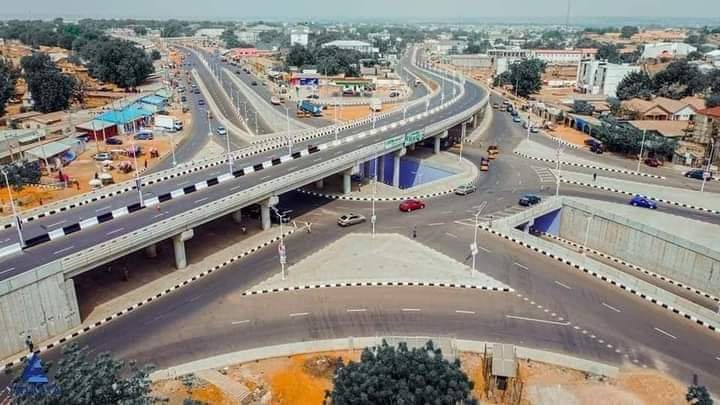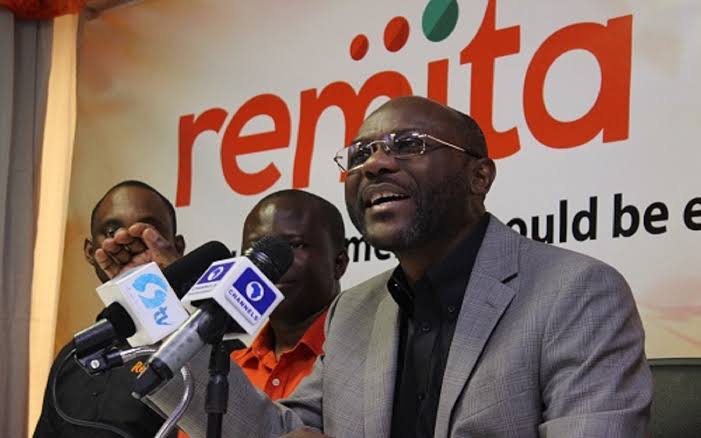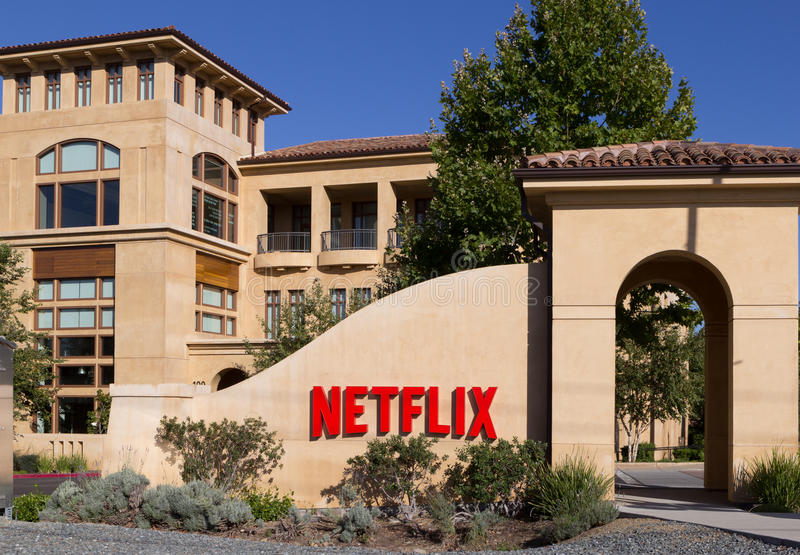
Adamawa Tops List Of 10 Most Expensive States to Live in Nigeria in September 2025
Nigeria’s headline inflation rate declined to 18.02% in September 2025, down from 20.12% in August, according to data from the National Bureau of Statistics (NBS). The report revealed that food inflation stood at 16.87% year-on-year, a sharp drop of 20.9 percentage points from 37.77% in September 2024, largely due to the change in the base year. On a month-on-month basis, headline inflation rose by 0.72%, slightly below August’s 0.74%.
The NBS identified that the largest contributors to inflation were “food & non-alcoholic beverages” at 7.21 percentage points, followed by “restaurants & accommodation services” at 2.33 percentage points. Despite these improvements, food prices remain elevated—particularly in northern states where insecurity and logistics issues continue to disrupt supply chains.
The new data also highlights the ten states that registered the steepest annual increases in the cost of goods and services in September 2025: these are effectively the most expensive states to live in at present in Nigeria. While full details of all ten states were not publicly listed in this release, the report confirms that states such as Adamawa (23.69 %), Katsina (23.53 %), and Nasarawa (22.29 %) recorded the highest year-on-year inflation rates. Meanwhile, states like Anambra (9.28 %), Niger (11.79 %), and Bauchi (12.36 %) had the slowest inflation rises.
This regional variation suggests that while national inflation is cooling, the cost-of-living burden remains high and uneven across Nigeria’s states. Residents in the highest-inflation states are likely facing the greatest price pressures, making those states among the most expensive places to live in Nigeria in September 2025.
Below is a breakdown of the 10 highest-inflation states in September 2025, according to the NBS report:
10. Kogi – 19.5%
According to the National Bureau of Statistics (NBS) September 2025 report, Kogi State recorded an all-items inflation rate of 19.5%, placing it tenth among the states with the highest inflation in Nigeria.
The food inflation rate in Kogi stood at 17.4%, slightly below the overall headline rate. Month-on-month data indicated a minor easing in inflationary pressure, as food prices dropped by 1.8% while all-items inflation decreased by 1.5%.
This data suggests that while Kogi residents are still feeling the pinch of high prices, the pressure is gradually moderating. Non-food components—such as transport, rent, and household utilities—contributed more to the state’s inflationary burden than food items.
9. Borno – 19.7%
Borno’s headline inflation rate was 19.7%, while food inflation stood at 16.4%. Food prices fell sharply month-on-month by 13%, the steepest decline among all states, but the overall index still contracted only by 3.1%. This gap highlights that non-food elements such as utilities and services remain significant cost drivers.
8. Abia – 19.9%
Abia’s inflation reached 19.9%, with food inflation at 15.3%. Food costs dropped by 5.5% month-on-month, yet headline inflation inched up 1%. The divergence suggests services and non-food items were the main drivers of household expenses. The persistence of core inflation pressures reflects a broad cost burden beyond the food basket.
7. Edo – 20.2%
Edo posted a headline rate of 20.2% against food inflation of 15.8%. Month-on-month, food fell by 4.3%, but the general index rose by 1.8%. The uptick points to cost escalation in non-food categories such as housing, energy, and transport, which outweighed relief in the food segment.
6. Kaduna – 20.6%
Kaduna’s headline inflation stood at 20.6%, with food inflation at 18.5%. On a monthly basis, food costs dropped by 6.4%, yet the all-items index edged up by 0.1%. This reflects sticky non-food inflation, especially in urban consumption, where energy and services exert significant influence.
5. Ekiti – 20.8%
Ekiti recorded headline inflation of 20.8%, but food inflation soared to 28.7% — the highest among the top ten states. Monthly food inflation jumped 12.8%, even as overall inflation dropped by 3.8%. The data leaves no doubt that food is the principal driver in Ekiti, with surging staple costs pushing households into tighter corners.
4. Osun – 20.8%
Osun also registered a headline inflation rate of 20.8%, but food inflation was lower at 18.2%. The monthly picture shows food down 2.3% while all items rose 1.6%. This suggests broad-based inflation pressures in non-food categories, distinguishing Osun from Ekiti, where food inflation dominates.
3. Nasarawa – 22.3%
Nasarawa posted 22.3% headline inflation, with food inflation even higher at 22.7%. On a monthly basis, food rose 9.8% while the general index climbed 7.5%. This reflects one of the strongest inflationary surges in September, with food prices clearly leading the charge. Households in Nasarawa continue to grapple with steep price escalations in essentials.
2. Katsina – 23.5%
Katsina’s all-items inflation hit 23.5%, but food inflation was relatively subdued at 17.4%. Food rose by 6.3% month-on-month, but the headline index grew by 2.4%. The gap suggests that non-food inflation is dominant, with strong pressures likely from transport and energy costs. Katsina’s inflation pattern reflects broad-based rather than food-specific pressures.
1. Adamawa – 23.7%
Adamawa topped the chart in September with 23.7% headline inflation, making it the most expensive state. Food inflation stood at 18.1%, showing that non-food costs were also substantial. Monthly inflation rose steeply by 8.2% for all items and 7.3% for food. The across-the-board surge signals that both food and non-food segments are tightening cost of living for residents.
About Author
Discover more from BillionBill
Subscribe to get the latest posts sent to your email.


